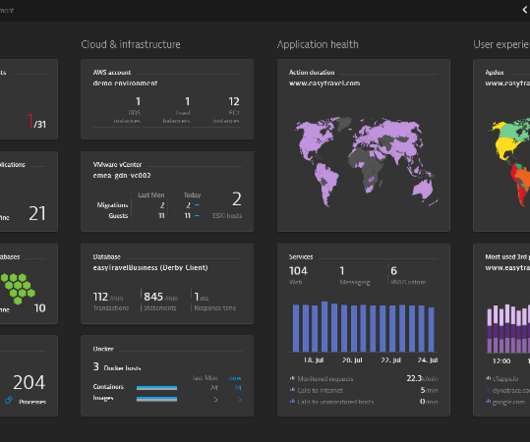The history of Grail: Why you need a data lakehouse
Dynatrace
OCTOBER 4, 2022
Grail needs to support security data as well as business analytics data and use cases. With that in mind, Grail needs to achieve three main goals with minimal impact to cost: Cope with and manage an enormous amount of data —both on ingest and analytics. It’s based on cloud-native architecture and built for the cloud.













Let's personalize your content